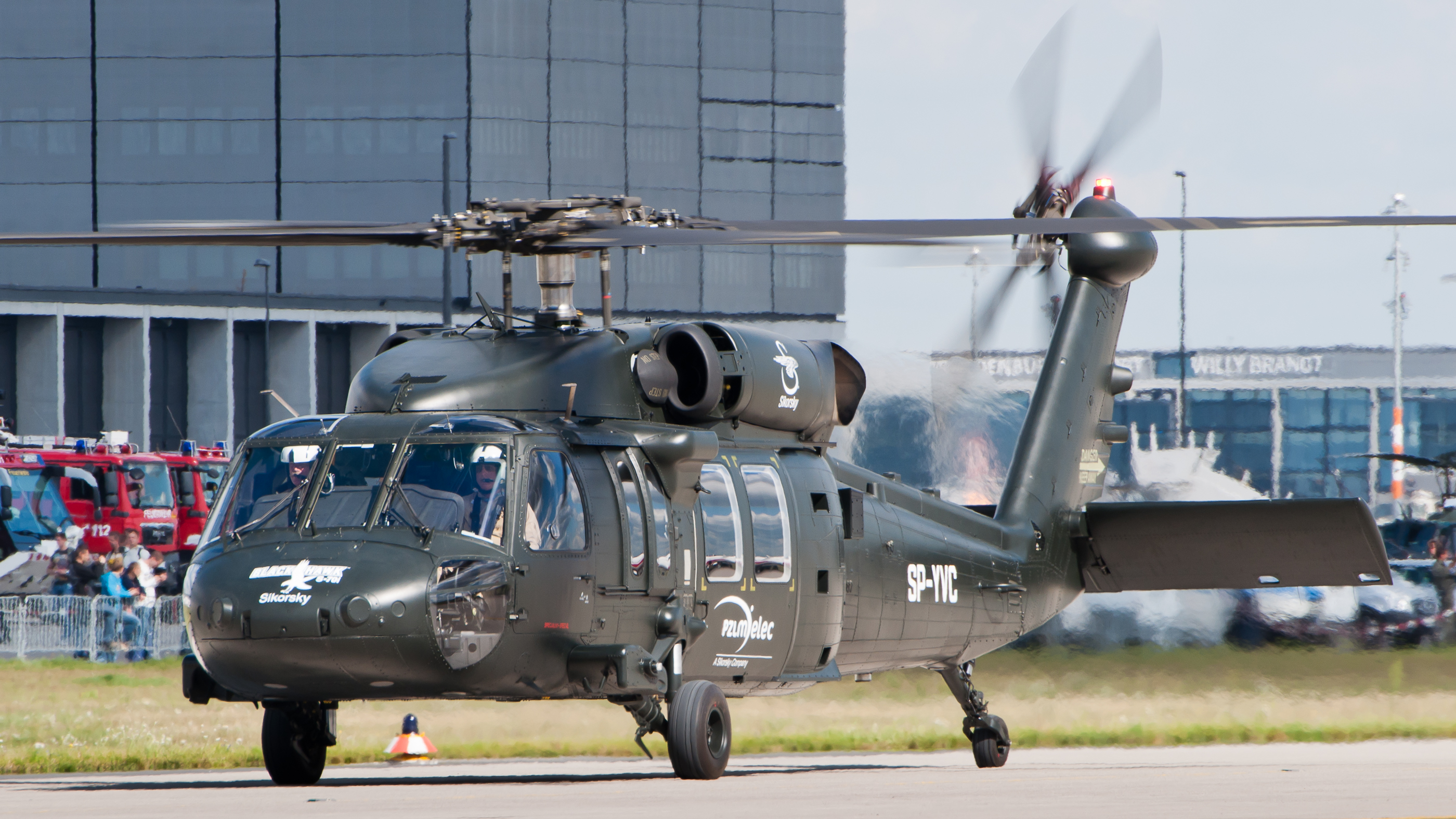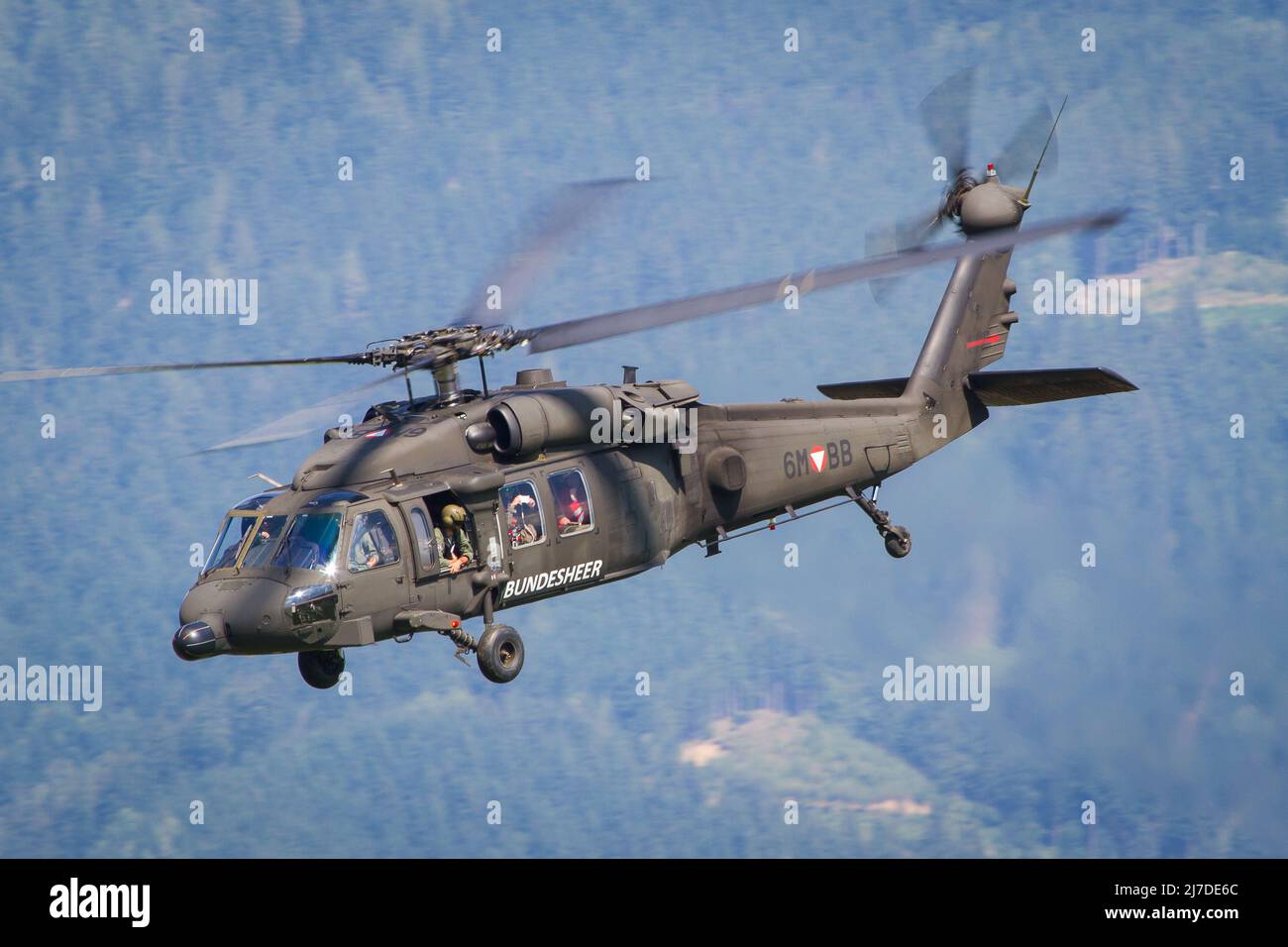Why the Sikorsky S 70 is the Preferred Option for Modern Helicopter Missions
Why the Sikorsky S 70 is the Preferred Option for Modern Helicopter Missions
Blog Article
High-Performance Multi-Role Rotorcraft Featuring Advanced Cabin Technologies and Integrated Sensing Unit Equipments
The realm of rotorcraft innovation has seen remarkable improvements in recent times, specifically in the realm of high-performance multi-role rotorcraft equipped with innovative cabin technologies and seamlessly incorporated sensor systems. These innovations have not only boosted the operational abilities of rotorcraft but have also considerably impacted modern air travel procedures on different fronts. From boosted objective versatility to enhanced functional efficiency, the merging of innovative cockpit innovations and integrated sensor systems has ushered in a brand-new period of opportunities for rotorcraft applications. In the complying with discussion, we will explore the advancement of rotorcraft modern technology, look into the realm of innovative cockpit innovations, and analyze the effects of incorporated sensor systems on the functional convenience and effectiveness of modern rotorcraft.
Advancement of Rotorcraft Modern Technology
The evolution of rotorcraft innovation has been marked by considerable improvements in the rules of aerodynamics, products, and propulsion systems, shaping the capabilities and performance of modern-day rotorcraft. Additionally, improvements in propulsion systems, including a lot more powerful engines and cutting-edge propulsion technologies, have enabled rotorcraft to accomplish greater altitudes, faster rates, and greater hauls.
These improvements have not just transformed the capacities of rotorcraft but have actually additionally broadened their applications across different industries, consisting of armed forces, business, and emergency services. The constant advancement of rotorcraft modern technology continues to drive technology in the area, pressing the limits of what is possible and forming the future of vertical flight.
Advanced Cabin Innovations
Building upon the fundamental improvements in the rules of aerodynamics, materials, and propulsion systems, the world of rotorcraft technology currently changes emphasis towards pioneering Advanced Cockpit Innovations. The integration of advanced innovations within the cabin environment plays an essential duty in boosting the functional capacities, safety, and performance of contemporary rotorcraft. sikorsky s 70. Advanced Cabin Innovations encompass a vast variety of functions designed to supply pilots with enhanced situational understanding, structured data administration, and instinctive control interfaces
Among the essential advancements in cabin layout is the implementation of glass cockpits, which change typical analog assesses with high-resolution display screens. These digital systems supply personalized designs, real-time data combination, and boosted readability, allowing pilots to gain access to important details at a look. Advanced avionics systems, such as fly-by-wire controls and augmented fact display screens, are reinventing how pilots engage with the airplane, enabling for exact control and improved decision-making capacities.


Integrating sophisticated cabin advancements not just boosts pilot efficiency yet likewise adds to general mission effectiveness and security in intricate operational environments. By leveraging modern modern technologies within the cockpit, rotorcraft suppliers are establishing brand-new requirements for functional excellence and objective success.
Integrated Sensing Unit Systems
With the evolution of rotorcraft innovation, the assimilation of sophisticated Integrated Sensor Equipment has ended up being extremely important in enhancing operational performance and safety and security. These Integrated Sensing unit Systems encompass a large variety of technologies that supply critical data for various features such as navigating, security, targeting, and ecological monitoring. By seamlessly incorporating sensing units like radars, electronic cameras, lidar, and infrared systems into rotorcraft, drivers can take advantage of boosted situational awareness, enhanced mission capabilities, and minimized pilot work.
One trick benefit of Integrated Sensing unit Solutions is their ability to collect real-time data and supply actionable insights to pilots and goal operators. Advanced radar systems can find and track targets over long distances, allowing for early danger discovery and efficient response preparation. Additionally, integrating infrared and electro-optical electronic cameras makes it possible for rotorcraft to perform reconnaissance and monitoring objectives with precision and accuracy.
Fundamentally, the assimilation of sophisticated sensing unit technologies into rotorcraft not just enhances functional performance but also contributes dramatically to general mission success and team safety and security. As rotorcraft remain to evolve, the duty of Integrated Sensor Systems will unquestionably remain at the forefront of development in the aerospace industry.
Operational Flexibility and Efficiency
Enhancing functional adaptability and performance in rotorcraft is an all-natural development from the assimilation of advanced Integrated Sensor Systems. By leveraging the insights and data provided by these sophisticated sensing unit systems, rotorcraft can optimize their efficiency across different missions and settings.
Operational convenience includes the capability of rotorcraft to adapt to different functions and scenarios successfully. With innovative cabin innovations and incorporated sensor systems, rotorcraft can seamlessly transition in between jobs such as search and rescue, medical discharge, security, and extra. This convenience improves the rotorcraft's capacity to satisfy varied functional requirements without requiring substantial reconfiguration.
Performance in rotorcraft procedures is essential for optimizing goal effectiveness and source utilization. Integrated sensing unit systems play an essential function in improving functional effectiveness by providing real-time data on weather, terrain mapping, target tracking, and extra. This data enables pilots to make informed decisions promptly, optimize flight courses, conserve fuel, and enhance total goal performance.
Impact on Modern Aviation Procedures

In addition, the assimilation of sophisticated sensing units facilitates boosted goal planning and execution, enabling rotorcraft to perform a wide variety of tasks with improved accuracy. From search and rescue procedures to airborne firefighting and law enforcement missions, the capacities of modern rotorcraft equipped with innovative cabin innovations and incorporated sensing unit systems are unequaled.
Additionally, the influence of these innovations expands past operational effectiveness to cost-effectiveness and sustainability. By maximizing trip routes, fuel usage, and upkeep routines, high-performance rotorcraft outfitted with advanced cabin technologies and sensors add to minimizing operational prices and ecological influence, making them vital properties in contemporary air travel procedures.
Verdict
In verdict, the high-performance multi-role rotorcraft with sophisticated cockpit innovations and integrated sensing unit systems stands for a substantial evolution in aviation modern technology. These advancements improve operational versatility and effectiveness, inevitably impacting modern-day air travel operations in a favorable way. The integration of these sophisticated technologies permits for enhanced abilities and performance in different goal situations, showcasing the proceeded innovation of rotorcraft innovation in the aviation market.
The world of rotorcraft technology has actually seen significant advancements in recent times, especially in the world of high-performance multi-role rotorcraft furnished with cutting-edge cockpit innovations and effortlessly incorporated sensing unit systems. From boosted mission versatility to boosted operational effectiveness, the merging of sophisticated cockpit technologies and incorporated sensing unit systems has ushered in a brand-new period of opportunities for rotorcraft applications. In the adhering to discussion, we will certainly explore the evolution of rotorcraft innovation, dive into the realm of innovative cabin technologies, and examine the effects of incorporated sensor systems on the functional convenience and effectiveness of modern rotorcraft.

Report this page